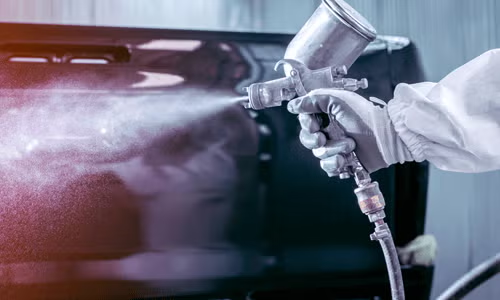Benefits of Aliphatic Diisocyanates-Based Polyurethane Coatings
Many leading automotive companies worldwide depend on automotive coatings technologies that use ADI chemistry as a key component. Polyurethane coatings are used not only in cars, but in many other vehicles we depend upon such as buses, trucks, agricultural, construction and earth moving equipment. Other transportation uses include polyurethane coatings for aerospace, railways and marine. Coatings made with ADI provide important benefits for vehicles including:
- Excellent weather resistance i.e., resistance to yellowing or paint degradation due to sunlight/ultraviolet (UV) rays
- Exceptional color and gloss retention, even after a very long exposure time
- Outstanding resistance to water, oil and chemicals, such as salt on the roads (helps prevent vehicle corrosion)
- Excellent hardness and scratch resistance (contributes to stone-chip resistance required by car makers)
- Superior application properties i.e., fast-drying, so a vehicle being repainted or repaired can be returned to the owner more quickly
Polyurethane-based automotive paint and coatings are generally spray-applied. Automotive production workers are required to wear appropriate personal protective equipment during application to protect themselves from inhalation and other potential hazards. In addition, significant efforts have been taken across the automotive refinishing/collision repair industry to increase training and awareness about safety, chemical handling and disposal practices.
